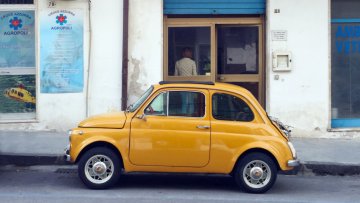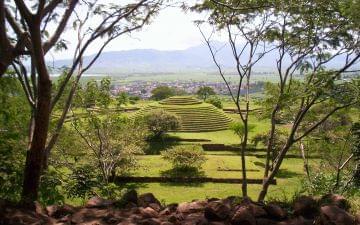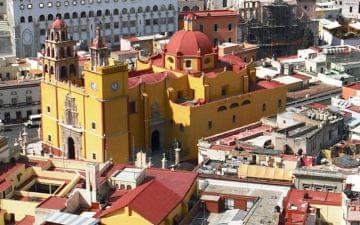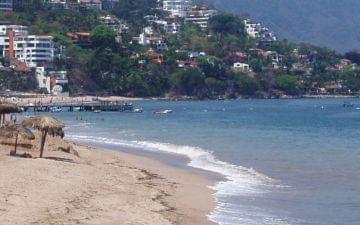Acapulco has four distinct sections: Old Acapulco in the northwest of the bay, the Costera along the center, the "scenic" Costera towards the southeast and Diamante, a new tourist district near the airport. It can take more than an hour to travel from one end to the other. The first transportation challenge is getting from the airport to your hotel. Many hotels have pricey shuttle services (US$60 or so each way), but there are also taxis and shared vans. You can also make arrangements for a shared shuttle in advance.
International car rental agencies have offices at the airport and around town, but think twice before renting, because of traffic congestion and poor road conditions. Security is also a concern if driving outside the city.
Acapulco has a transportation system called AcaBus. Efficient, reliable, fast and budget-friendly but likely not to be air-conditioned. The fare is 6 pesos (0.45 USD), and there are currently six routes. The tranvía, an open-air tourist trolley, runs from the Parque Papagayo along the Costera, stopping at Caleta beach, the zócalo, the Fuerte de San Diego and most hotels along the way. $6.50 buys you a day pass.
Taxis come in three flavors: blue VW taxis (cheapest, no AC), yellow and white taxis (shared rides) and tourist taxis (often found waiting at hotels). Negotiate your fare before you ride and pay after you exit the taxi, tipping not required. Most drivers speak only Spanish, so write your destination on a slip of paper. Fares may be higher at night and in the Diamante area. Taxis may be old, but they are plentiful and can be hailed on the street.



